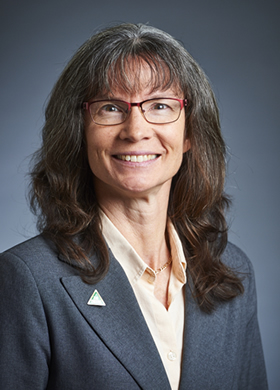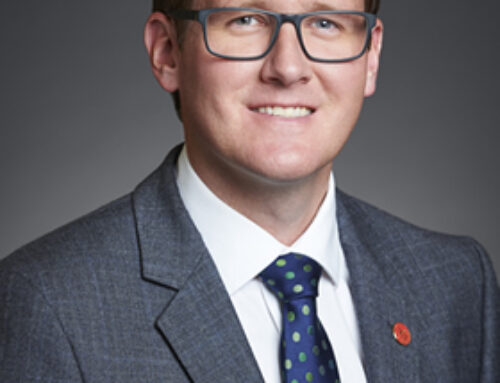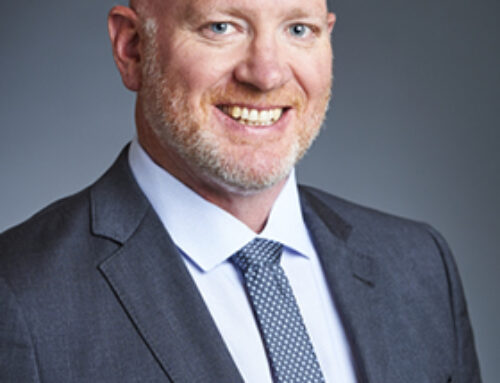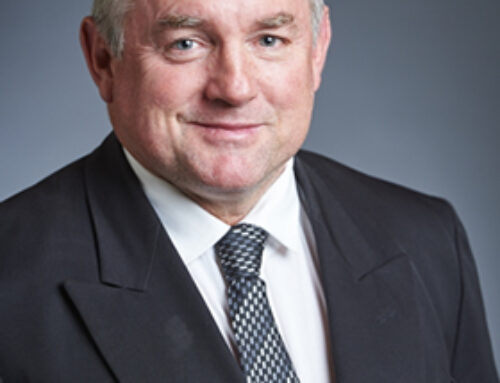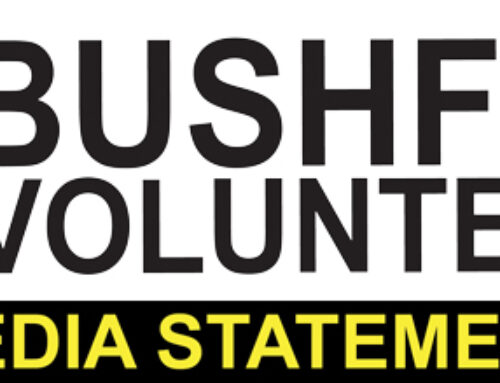The following statement was made in Parliament today by the Hon Diane Evers
BUSHFIRE MITIGATION
HON DIANE EVERS (South West) [6.30 pm]: I would like to remind everyone that the fire season is coming again.
I have sat and watched the Northern Hemisphere burn, with one fire after another burning in California, Oregon and Washington. People are dying and losing their homes. I realise that the fire season is coming here. We know the climate is changing. We know we are entering a drier and hotter period. Recently, I was in Broome for five days where the temperature was 38 degrees, even though it was still winter. It was wonderful, but it was very hot. In Chicago, 38 degrees in winter would be wonderful, because of course it would be Fahrenheit. In Broome, 38 degrees is something else. We are in for hotter and drier seasons. Our rainfall up until August was one of the lowest on record. We have to reassess what we are doing because what we are doing is not protecting us. Even if we undertook prescribed burning on everything every two years, fires can still start. It will not work to just burn everything and wait for two years, then burn it again. Human activity can increase our fire risk. What we burn and what we log can also increase our fire risk. Certain circumstances can lead to more and more fuel being on the ground to burn hotter, drier and faster fires. Forests burn, and dry forests burn more.
It is reasonable to assume that in a desert we are not likely to get much burning, but I do not think anyone in here wants to see more of Western Australia turn into desert. I think we all agree that we love our forests and we would like to keep our forests. To ever consider that we might strategically plan to make more of Western Australia a desert would seem outrageous, but a lot of our choices are leading us that way.
Where to from here? I tabled a petition a few weeks back. A lot of people out there are saying, “Please can we review what we do? Is it possible that the steps we have been taking are not working and not lowering the risk?” We know there will always be a risk when there are forests around us. Even without forests around us, we still have a risk of fire. In fact, we lose more homes each year from house fires than we do from forest fires. We have to acknowledge that what we have been doing has not stopped the risk. We are not even able to prove that it has diminished the risk. Why can we not reassess it? Is it possible that strategic mitigation, combined with early detection and quick suppression—if we up the game on quick suppression—might reduce our risk and make the population safer?
With strategic mitigation, I know we had a target. I read in the paper some time ago that we were not going to go with the 200 000-hectare target anymore, but I have not heard that confirmed. Until I do, I assume we are going to burn 200 000 hectares a year and try to keep the costs as low as possible per hectare. It does not make sense to me. Why can we not do it strategically, as we talked about strategic planning earlier today? Why can we not have strategic fire mitigation? Some of it would be prescribed burns. We could have perimeter burns around native forests for better, quicker access to that forest by keeping the perimeter under control, but not burning an entire forest’s biodiversity and habitat. We need to stop drying out the ground even faster than the climate is doing it. Via prescribed burns, perimeter burns and asset protection burns we can protect the places we want to protect. Instead of burning peat areas, why do we not protect them by having perimeter burns around them? It will ensure the peat that has built up over thousands of years can stay there, as it should, for years into the future. A lot of people are very concerned because they live next to pine plantations; they do burn. I heard a suggestion that we start planting fire-suppressant species around our pine plantations. Some species of trees act as fire suppressants and can be planted around the perimeter of forests to protect people. Fires would not only be less likely to go through the plantations, which of course is bad for the profit that people might be making out of them, but also if fire is in a plantation, it cannot get out onto private land and private or state forests. It makes a lot of sense to me and I really wish I could hear that we were going to start reviewing how we manage fire in this state.
In addition to strategic mitigation, we really need to look at the early detection of fires. The lookout trees we had in the past were excellent. I know planes fly around trying to spot the early signs of fire. With internet connectivity working better in the regions, we should be getting the population out there. We need to make sure that the Department of Environment Regulation and the Department of Fire and Emergency Services are made aware of these fires as soon as possible because a smaller fire is much easier to put out than a larger fire. Rather than finding out we have a wildfire and waiting to see what happens—which way it goes, using it as a pseudo-prescribed burn because we let it go—why do we not put it out? If we get early detection systems going so that people are involved and everybody understands that we want to find out where the fires are and put them out as quickly as possible, then we can start working with our fire brigades. At this point, I have to thank the government because I understand that the Tatra trucks I have talked about in here before are on the cards. Tatra trucks are really good in hilly areas. The trucks we have been using do not go uphill very well when fully loaded with a tank of water, unless there is a proper road. A Tatra truck can go uphill with water to fight a fire that is at the top of the hill. It makes a lot of sense to me, so I am really pleased that the trucks are on their way.
Fire brigades are still looking for more volunteers. Volunteers would like more training and proper personal protective equipment and I think this government can deliver it. We need our fire brigade volunteers to be properly kitted out. Their rewards include good training—they get to learn to drive all the different vehicles and use all the equipment. They also get the connection of working together with other people from their community. I understand that we are heading that way but we can still do more. If we can train volunteers and get early suppression working, we can continue with prescribed burns in the areas where we see a risk and where it is the appropriate thing to do. I am not saying we should stop prescribed burning; I am saying that we should also look at quick suppression. We also need an environment department that actually wants to protect the environment. It seems like a good idea to me! The Department of Biodiversity, Conservation and Attractions needs to recognise how important biodiversity is and how damaging a really hot fire can be. We should try cultural burning—the cool burns—so we can protect the landscape rather than destroy it. I think we can do a lot better. I believe there are people out there who can share this information. We can change and we can develop it. We can help to protect ourselves so that what we are seeing in California is not what we will see here. From a financial point of view, what we are doing is not working. There is not only a significant cost for prescribed burns, but the additional significant cost of fighting wildfires. If we can change how we fight fires so we can not only strategically mitigate them, detect them early and put them out early, quickly and efficiently, we may just find that our costs and risks are significantly reduced, and that our environment is significantly improved.
Climate is changing. We are getting drier, we are getting hotter. The fires are going to be there, and the only way to avoid it completely would be to have a desert, and as I said, I do not think anyone in here thinks that that is a solution.
Thank you.

